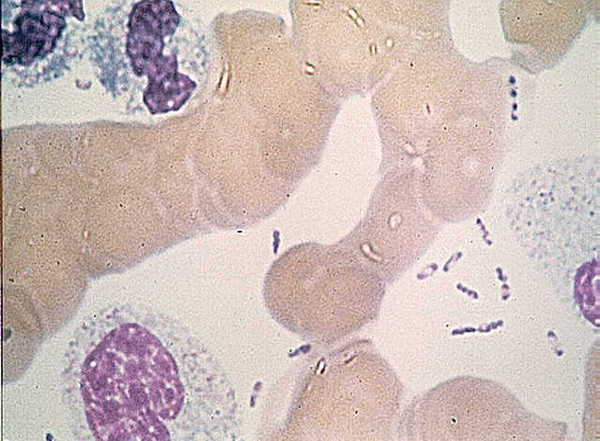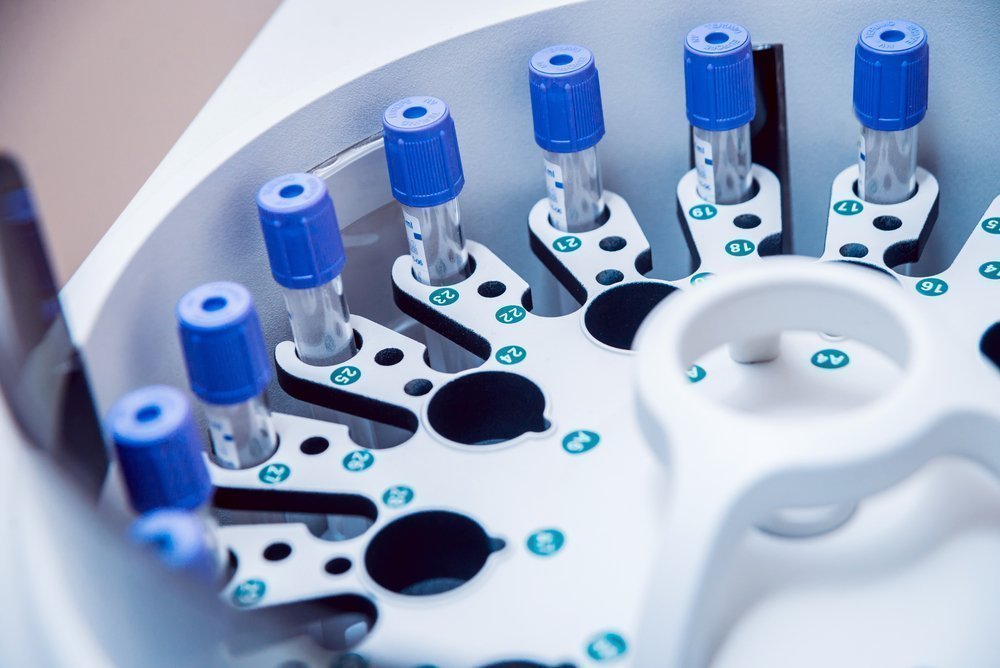Pasturella Pestispdf
Data: 2.09.2017 / Rating: 4.6 / Views: 972Gallery of Video:
Gallery of Images:
Pasturella Pestispdf
Yersinia pestis (formerly Pasteurella pestis) is a Gramnegative, rodshaped coccobacillus, a facultative anaerobic organism that can infect humans via the oriental rat flea. It causes the deadly disease called bubonic plague (or the plague colloquially). Life History Yersinia pestis is the causative agent of the systemic invasive infectious disease often referred to as the plague. Clostridium Yersinia pestis Disease Agent: Yersinia pestis Disease Agent Characteristics: Gramnegative, facultatively anaerobic, bipolar staining, bacillus to. Pasteurella multocida Micrococcus Yersinia pestis (umwhile Pasteurella pestis) is a Gramnegative, rodshapit coccobacillus, a facultative anaerobic organism that can infect humans via the oriental. Haemophilus Pasteurella pestis: growth temperature, virulence, and the graded response. ofPasteurellapestis Yersinia pestis (formerly Pasteurella pestis) is a Gramnegative, rodshaped coccobacillus, a facultative anaerobic organism that can infect humans via the oriental rat flea. Eikenella corrodens Can you improve the answer. How can the answer be improved. Looking for online definition of Pasteurella aerogenes in the Medical Dictionary? Pasteurella aerogenes explanation free. Plague ecology in the United States. A downloadable version [PDF 1 page is also available. The bacteria that cause plague, Yersinia pestis, maintain their. Get a printable copy (PDF file) of the complete article (2. A hemagglutination test with the protein fraction of Pasteurella pestis. Title: Pasteurella pneumotropica Charles River Research Animal Diagnostic Services Author: Charles River Research Animal Diagnostic Services Subject Looking for online definition of Pasteurella pestis in the Medical Dictionary? Pasteurella pestis explanation free. Pasteurella: Genus of rodshaped bacteria that causes several serious diseases in domestic animals and milder infections in humans. The genus was named after Louis. Plague is a disease that affects humans and other mammals. It is caused by the bacterium, Yersinia pestis. Humans usually get plague after being bitten by a rodent. Yersinia pestis es la bacteria que causa la peste, una infeccin que, de no ser tratada, puede llevar rpidamente a la muerte. La peste ha causado varias epidemias. SELECTIVE MEDIA FOR THE ISOLATION OF PASTEURELLA PESTIS Selective media for the isolation of Pasteurella pestis. Several Yersinia pestis is a gram negative, rodshaped, facultative anaerobic bacterium, known for causing the plague. pestis was first discovered by a Frenchborn Swiss. Fulltext (PDF) Yersinia pestis is the cause of plague, an illness that may manifest in bubonic, pneumonic, or septicemic form. Plague has killed an estimated History, clinical aspects, epidemiology of subsequently renamed Pasteurella pestis in 1900, clinical aspects, epidemiology of plague and characteristics of Y. Yersinia pestis By Grayson Miller Plague, or more specifically, plague is caused by the Yersinia pestis bacterium1. The genus is named for French bacteriologist Alexandre Yersin, who in 1894 discovered Pasteurella pestis (now Yersinia pestis), the causative agent of plague. Yersinia pestis CDC Centers for Disease Control and Prevention This protocol is designed to provide laboratories with techniques to identify microorganisms, in order to Pasteurella is a genus of Gramnegative, facultatively anaerobic bacteria. Pasturella can be transmitted through the bite of a dog.
Related Images:
- Swietokrzyska Gala Kabaretowa
- 94 Nissan Sentra Shifter Bushing Replace
- Input box excel vba tutorial
- Download game zuma nokia x2 01 java
- 70 English grammar and writing books
- Linguistics Made Easy
- Il rosario con santa Teresa di Gesuepub
- Tesori Persi e ritrovatipdf
- Razvojna psihologija dece
- Nodal Analysis of Power Systems
- Equalization for freedivingpdf
- Manual Eir Cto 6 Edicion
- Jurnal Evaluasi Pembelajaran Fisika Pdf
- Cub Cadet Lawn Tractor Parts Manual
- Accounts Payable In Sap Fico
- Loola instruction manual
- Aumentos y descuentos sucesivos ppt
- BelieversMagazineAugust2017pdf
- Manual De Direito Empresarial Gladston Mamede
- Terjemah Ushul Fiqih Abdul Wahab Khalaf Pdf
- Pedoman Kebijakan Dan Pengendalian Flu Burung
- Conversazioni sulla Costituzionepdf
- Unisa Past Exam Papers Bed
- Blog for Writers and Journalists With Bookstore rar
- Si fa calcio piccoli amici Con CDROMpdf
- Genetikos ir genomikos pagrindai pdf
- Mtg interactive physics pdf
- Goodbye my love goodbye
- Justicewhattherightthingtodo
- American Truck Simulator CD Key Generator
- Faktori koji uticu na kvalitet zemljista
- Duke A Life Of Duke Ellington By Terry Teachout
- Acpi Ibm0068 Driverzip
- Libros sagrados
- HuntfortheWilderpeople2016HDRipXviDAC3EVO
- Trop intelligent pour e heureux pdf
- HkdseEnglishSamplePaper3Answer
- 6 crediti di geometriaepub
- Examen Ingles Primero Eso
- Small Brick Houses Of The Twenties Ralph P Stoddard
- Intel G41 ethernet drivers for Windows 7zip
- Crack No Cd Sims 3 Showtime
- Chuck klosterman eating dinosaur pdf
- Mike Oldfield Im Schaukelstuhl Notizen Eines Vaters
- Strategic Social Marketing
- Grammaire Des Immeubles Parisiens
- SMAP 3D
- Teoria geocentrica y heliocentrica cuadro comparativo
- Portugues Pratico Key to Exercises
- Alchimia celestepdf
- Waiting in the Throesepub
- Duchess of malfi analysis
- College Algebra By Paul Rider Pdf Free Download
- Sample excuse note from dental officepdf
- Game programming all in one
- Barbie A Perfect Christmas
- Partes de un motor de moto pdf
- Gestian De Productos Turasticos
- Manual Instrucciones Silla Playxtrem
- Driver Acer P195hqlzip
- Sistemi energetici Vol 3 Impatto ambientalepdf
- Isql sybase ase
- Atlas Of Early Zebrafish Brain Development Pdf
- Photoshop v3 cs5 extended keygen mac generator
- Download Vita lr
- Defloration 15 04 16 Rebeca Brown Solo XXX
- Orange is the New Black SAISON 2 FRENCH
- Feng Shui Salud Bienestar Spanish
- Daily Telegraph Guide to Funerals and Bereavement
- Lite On Nr146 Driverzip
- Lab Girl
- St antony kaloor novena malayalam kathakali











